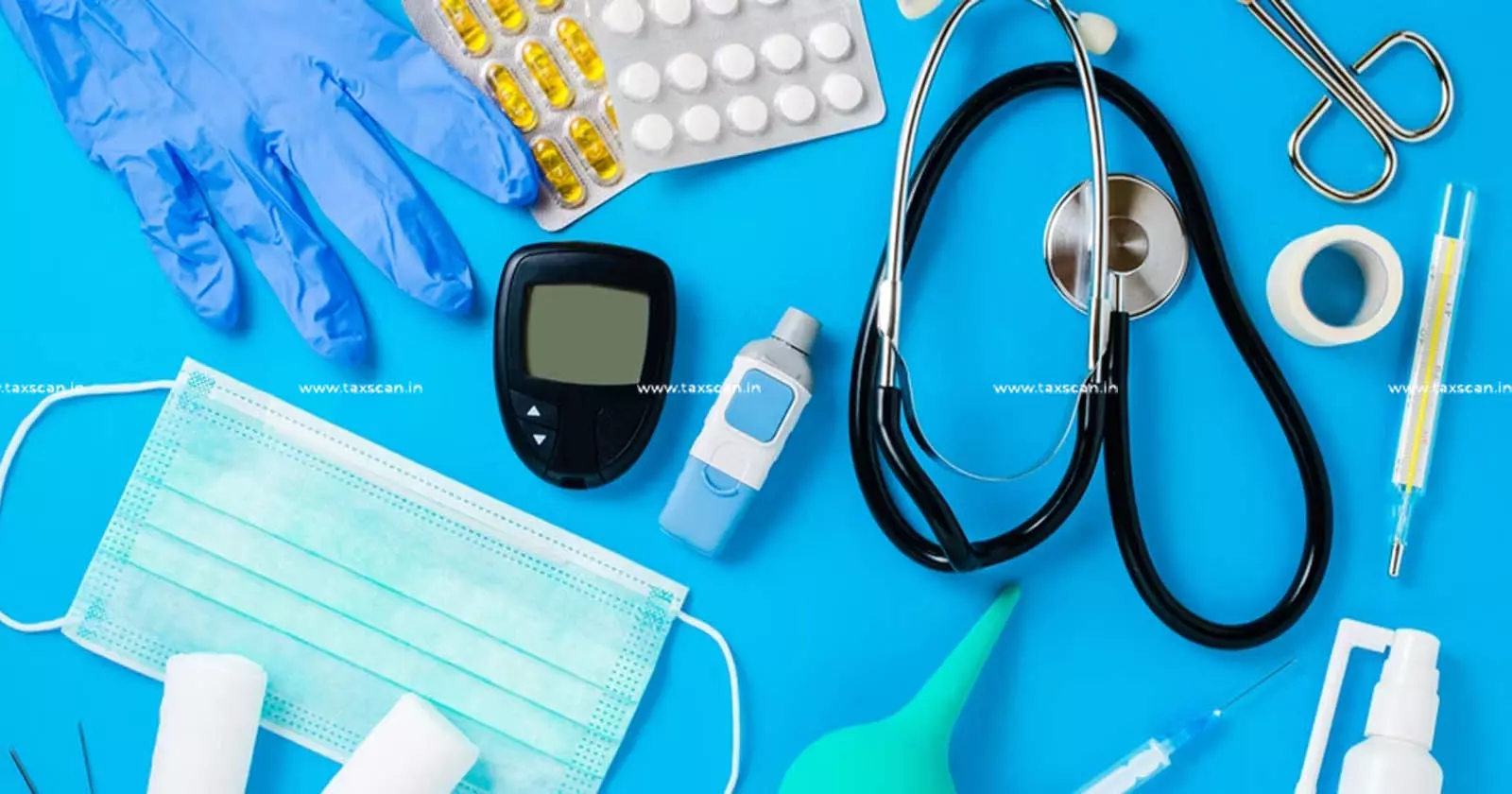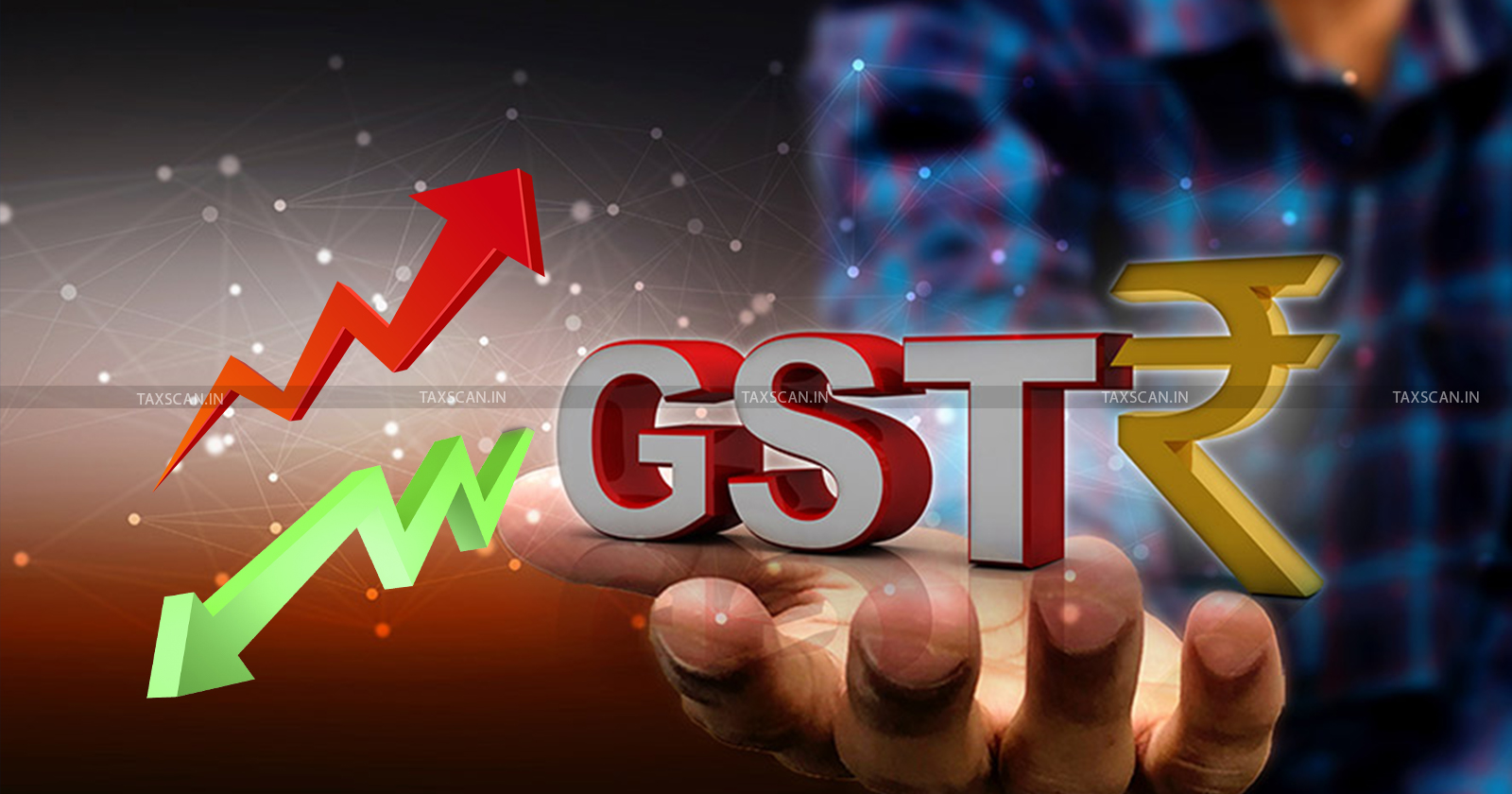Will Reduced GST rate on Medical Devices lead to Inverted Duty Structure? Know more
While the reduction is a welcome move for patients, lowering the final cost of medical devices, it creates a challenge for domestic manufacturers

The rate of GST on all medical devices, instruments, and apparatus used for surgical, dental, and veterinary purposes was lowered to 5% at the 56th GST Council meeting on September 3, 2025; everything else is expressly exempt.
The goal of the policy is to reduce healthcare costs for people, especially those who are less fortunate. Manufacturers are worried about a possible "Inverted Duty Structure" (IDS) as a result of this action.
The response was that, while this step may exacerbate the inversion, it does not create a new inverted duty structure because the previous structure already had one. However, manufacturers are eligible to receive a refund of the accumulated input tax credit that results from the inverted duty structure under GST. In order to facilitate quicker reimbursements, the GST Council has also suggested procedure changes.
 Also Read:GST Council Proposes 40% Tax on Motorcycles Above 350cc, Slashes Rate to 18% for below 350cc
Also Read:GST Council Proposes 40% Tax on Motorcycles Above 350cc, Slashes Rate to 18% for below 350cc
When the GST rate on inputs—raw goods or services used in production is greater than the GST rate on the final output, this is known as an inverted duty structure. Because the tax paid on purchases exceeds the tax collected on sales, this leads to a situation where a business accumulates unutilized Input Tax Credit (ITC).
For instance, a company will have excess ITC if they employ raw materials taxed at 12% GST to make a medical product that is now taxable at 5% GST. This excess cannot be fully deducted from their output tax obligation, which prevents the company's working capital from being used.
Many medical devices were already subject to 12% tax prior to the rate adjustment, and some inputs were subject to 18% tax, which resulted in an IDS. This issue will be made worse for manufacturers whose input services and raw materials are still subject to higher taxes under the new 5% rate.
Although the reduction lowers the final cost of medical devices, which is good for patients, it presents a problem for domestic manufacturers. They will have to contend with the buildup of unused ITC, which may affect their cash flow and ability to compete with imports.
Support our journalism by subscribing to Taxscan premium. Follow us on Telegram for quick updates



